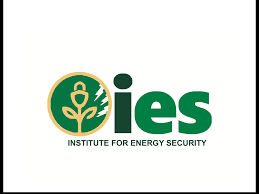Special topics

This is according to the Institute of Energy Security (IES).
The IES says the increment in price of fuel is occasioned by the 6.33% rise in average Brent crude price, as well as a corresponding 8.81% and 5.56% increase in prices of Gasoline and Gasoil on the international market respectively.
The IES added the increase can also be attributed to the cumulative depreciation of the Cedi against the U.S dollar.
Speaking to Citi Business News, Research Analyst at the IES, Mikdad Mohammed said despite the Price Stabilization and Recovery Levy (PSRL) mechanism by the National Petroleum Authority (NPA) price of fuel has gone up.
“Factors for this particular window have been quite high relatively compared to previous figures since we entered 2019,” he said.
This will be the first major increment in prices at the pumps and this is one of the windows that IES is extremely certain about the increment,” he said.
He added that “Our engagement with the NPA tells us that they have already applied the element of the price stabilization and recovery levy as part of their efforts to cushion consumers from the brunt of an increment. But nevertheless the increment was expected. It will only mean that they are mitigating the impact of the increment.”
Fuel prices have largely remained stable since the beginning of the year with fuel prices as set by Oil Marketing Companies (OMCs) largely remaining stable with a few marketers reviewing prices downwards to either attract or maintain their share of the fuel market.
Average prices of both Gasoline and Gasoil stood at GH¢4.94 and GH¢4.93 respectively.
But the Institute for Energy Security (IES) remains confident that fuel prices in the First Pricing-window of March 2019 will cross the GH¢5 mark.
They have thus asked consumers to brace themselves to pay more at the pumps.